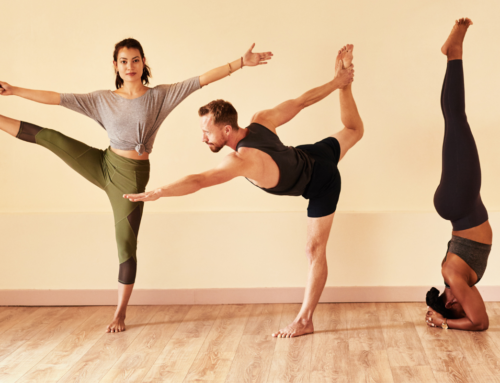The last full rehearsal you do should take place the day before, or 2 days before, the actual event. It should take place in the hall itself, it should involve the full technical panoply of video, music, slides, and so on that you’re using, and you should go the whole distance. By that I mean, don’t skip chunks; do the whole speech so that you get a good feel for how long it will take.
Dress rehearsals should follow the script just as if they were the real thing. The only difference is that there is no audience, or only a small one of hangers-on, nosy people who won’t go away, and nervous bosses.
You should throw yourself into the dress rehearsal with all you’ve got. Don’t hold back just because it’s only practice. If you don’t practice the real thing, how will you know what it’s like?
It will be sufficiently different with an audience so that it will feel fresh on the day itself. And that’s all that matters.
The less-well-understood point of rehearsing, by the way, is to get a feel for the physicality of the speech — the non-verbal aspects — which are so important to the way the audience actually decodes your messages. Every speech is two conversations, the verbal and the non-verbal, and you need to be in control of both. Because when they are aligned, you can be persuasive. When they’re not aligned, the audience believes the non-verbal every time.
Preparing a speech means preparing both conversations. And the only way to find out what that second conversation looks like is to rehearse.








[…] Rehearsal 7 is Dress Rehearsal […]
[…] Rehearsal 7 is Dress Rehearsal […]